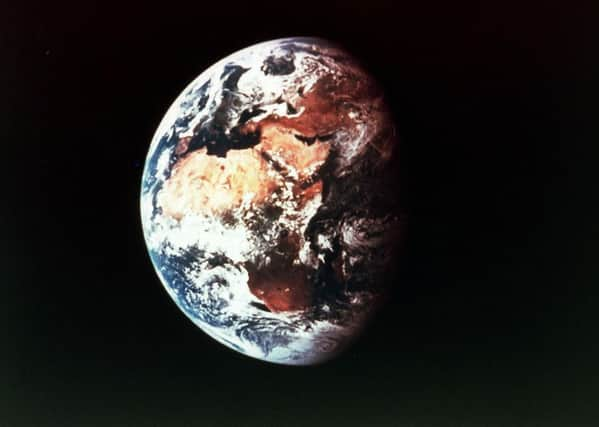Leeds scientists are zoning in


Researchers from Leeds University were part of an international team which has confirmed the first signs of a recovery in the hole in the Antarctic shield.
It was back in the mid-1980s that the British Antarctic Survey discovered the level of ozone, which shields life on Earth from the sun’s harmful ultraviolet rays, was dropping.
Advertisement
Hide AdAdvertisement
Hide AdThe discovery of the hole led to a worldwide effort to attempt to stop the damage and the 1987 Montreal Protocol, which heralded a ban on the use of chlorofluorocarbons (CFCs) – then widely used in cooling appliances and aerosol cans.
But the new findings, published in the journal Science, show the average size of the ozone hole each September has shrunk by more than 1.7 million square miles since 2000 – roughly 18 times the area of the United Kingdom.
Co-author of the report Dr Ryan R Neely III, a lecturer in atmospheric science at Leeds, said: “Observations and computer models agree - healing of the Antarctic ozone has begun.
“We were also able to quantify the separate impacts of man-made pollutants, changes in temperature and winds, and volcanoes, on the size and magnitude of the Antarctic ozone hole.”
Advertisement
Hide AdAdvertisement
Hide AdHis colleague and fellow co-author Dr Anja Schmidt, an academic research fellow in volcanic impacts, which is thought to be one of the key factors aiding the healing, said the team’s research had shed new light on the part played by recent volcanic eruptions – such as at Calbuco in Chile in 2015 – in Antarctic ozone depletion.